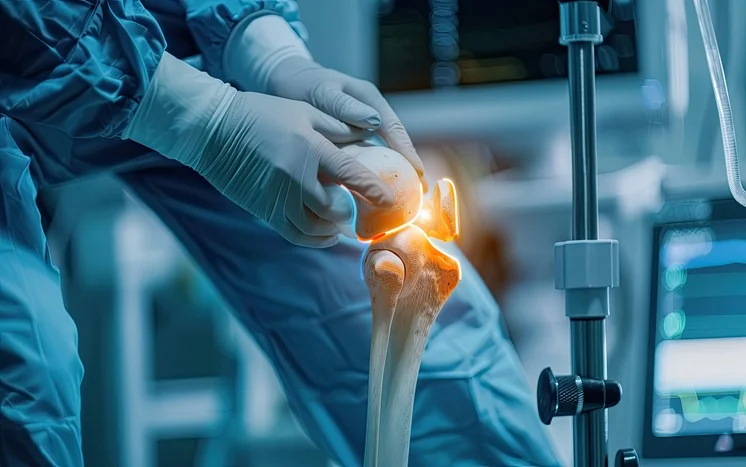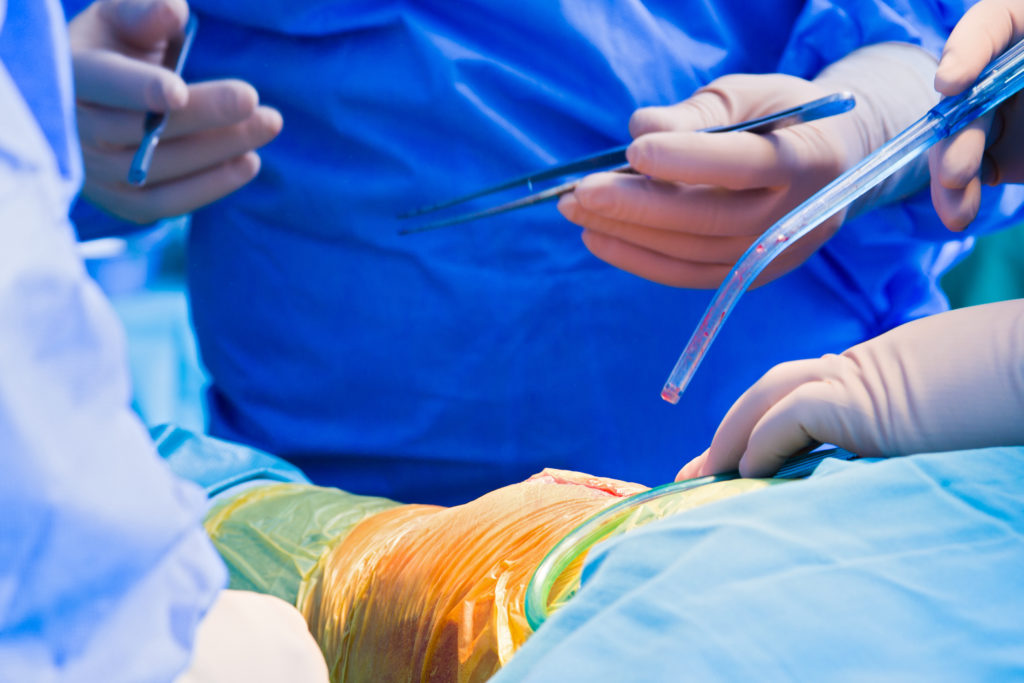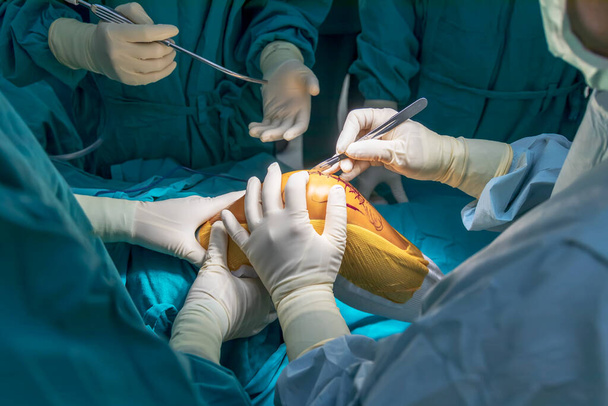Robotic Knee Replacement
What is Robotic Knee Replacement Surgery?
Robotic knee replacement surgery is an advanced medical procedure that utilizes robotic technology to assist surgeons in replacing a damaged knee joint with a prosthetic implant. A 3D model of the patient’s knee is created using pre-operative imaging, such as a CT scan, to map the precise structure of the joint. This allows the surgeon to plan the surgery with incredible precision. During the procedure, the robotic system provides real-time data and guides the surgeon in performing bone resections and placing the implant accurately, ensuring optimal alignment and balance of the joint.


Benefits of Robotic Knee Replacement Surgery
- Enhanced Precision: The robotic system ensures accurate alignment and placement of the implant, reducing the risk of complications.
- Improved Joint Functionality: Better positioning leads to a more natural range of motion and increased durability of the implant.
- Reduced Tissue Damage: The minimally invasive nature of robotic surgery helps preserve surrounding soft tissues, minimizing pain and swelling.
- Quicker Recovery Time: Patients often experience faster rehabilitation and shorter hospital stays.
- Personalized Surgery: The procedure is tailored to the unique anatomy of each patient, providing better outcomes.
How Robotic Knee Replacement Surgery is Better than Manual Knee Replacement Surgery?
Accuracy: The robotic system uses advanced imaging and navigation to achieve near-perfect implant placement, whereas manual surgery relies solely on the surgeon’s experience and tools.
Consistency: Robots minimize human error, ensuring consistently superior results across all patients.
Less Invasive: Robotic techniques often involve smaller incisions, reducing blood loss, scarring, and infection risks compared to traditional methods.
Faster Recovery: The precision of robotic surgery leads to less post-operative pain and a quicker return to daily activities.
Longevity: Accurate alignment and balancing of the implant enhance its durability, resulting in fewer revision surgeries over time.


